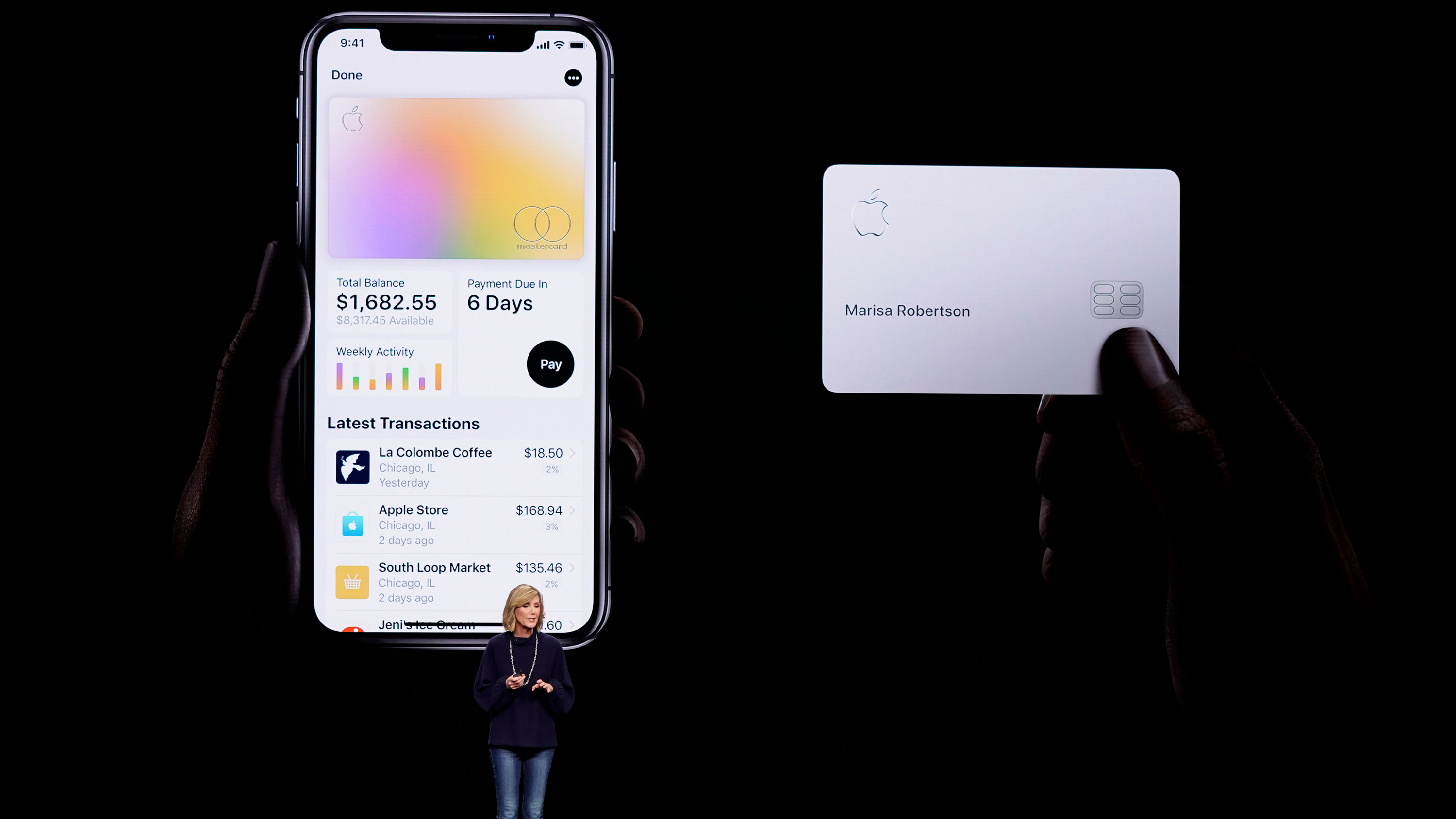Apple Card is being investigated over claims it gives women lower credit limits

The algorithm that determines the credit limit for users of Apple’s new credit card, which launched in the US in August, is facing an investigation because it appears to give men higher limits than women.
The news: On November 7, web entrepreneur David Heinemeier Hansson posted a now-viral tweet saying that the Apple Card had given him 20 times the credit limit of his wife. This was despite the fact that they filed joint tax returns and that, upon investigation, his wife had a better credit score than he did. Apple cofounder Steve Wozniak replied to the tweet and said that he, too, had been granted 10 times the credit limit of his wife, even though they have no separate assets or bank accounts.
Upshot: Now New York’s Department of Financial Services is launching an investigation into Goldman Sachs, which manages the card. Its superintendent, Linda Lacewell, said in a blog post that the watchdog would “examine whether the algorithm used to make these credit limit decisions violates state laws that prohibit discrimination on the basis of sex.” The regulator has already recently opened an investigation into reports that an algorithm resulted in black patients receiving less comprehensive care than white patients.
Wider problem: Goldman Sachs posted a statement on Twitter over the weekend, saying that gender is not taken into account when determining creditworthiness. But the unexplainable disparity in the card’s credit limits is yet another example of how algorithmic bias can be unintentionally created. Algorithms of the sort used to assess creditworthiness are trained on years of historical data, and bias can slip into the process in a number of different ways.
Deep Dive
Artificial intelligence
Large language models can do jaw-dropping things. But nobody knows exactly why.
And that's a problem. Figuring it out is one of the biggest scientific puzzles of our time and a crucial step towards controlling more powerful future models.
Google DeepMind’s new generative model makes Super Mario–like games from scratch
Genie learns how to control games by watching hours and hours of video. It could help train next-gen robots too.
What’s next for generative video
OpenAI's Sora has raised the bar for AI moviemaking. Here are four things to bear in mind as we wrap our heads around what's coming.
Stay connected
Get the latest updates from
MIT Technology Review
Discover special offers, top stories, upcoming events, and more.